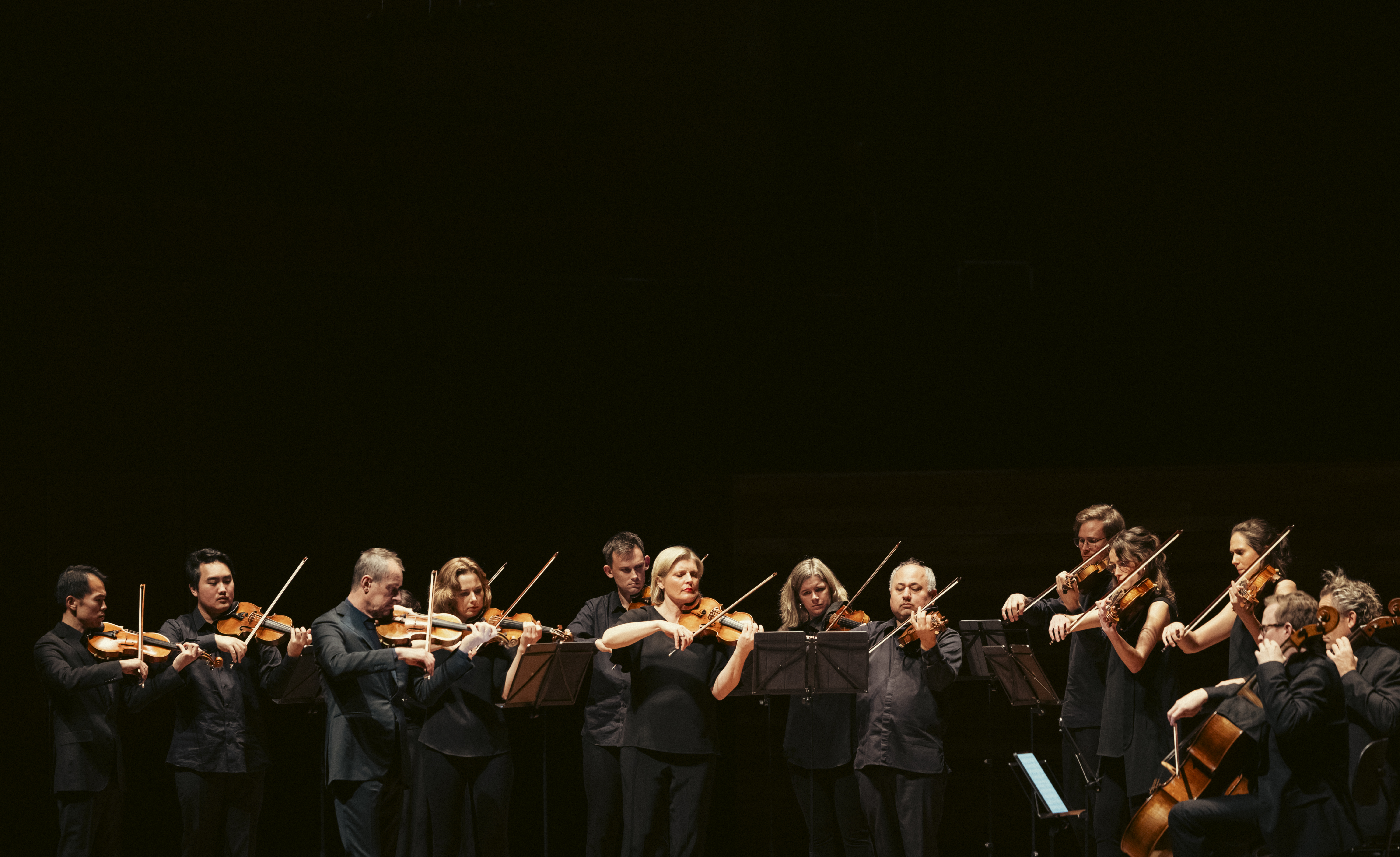
The below is an excerpt from the essay 'Schubert's Nightingale' by British poet George Szirtes. This essay appears in full as part of our Schubert's Quintet program.
It is Schubert night
in the universe which squats right down to listen
its ear pressed against
the window. It thinks it might have to break the glass
to possess the sound. And the glass gives a little but it will not break.
Music does not break.
The parallel between Schubert and Keats has often been discussed. Keats’s Ode to a Nightingale offers a particular experience of rapture in the company of words that lend it some context, words such as: darkling, love, ease, soft, quiet, rich then cease, as here:
Darkling I listen; and, for many a time
I have been half in love with easeful Death,
Call’d him soft names in many a mused rhyme,
To take into the air my quiet breath;
Now more than ever seems it rich to die,
To cease upon the midnight with no pain
I have been half in love with easeful Death, says Keats. Now more than ever seems it rich to die. Rapture in Keats is rich and voluptuous, almost joyful. It is mortality having the time of its life. Is that morbid? To put death before pleasure does seem a deliberate romantic gesture. Thou wast not born for death, immortal bird, cries Keats. That’s not true. The nightingale was born for death, and so was Keats.
We too know that our lives are finite and that all we do is conducted in that awareness. We are aware that we are under threat and make the best of life while we can, because who knows when life will be taken from us, or when it might take those we most treasure.
String instruments work through tension and vibration. In confirmation of that tension, the performers form an almost closed circle, facing each other around the focal point of the music. The music too proceeds inward. It will not open on rolling landscapes or great plains. It draws the world in and dives into them at tension.
The Adagio is not the whole Quintet, it is just a phase of it. The First Movement is labelled as Allegretto ma non troppo – fast but not too fast – but it actually starts with a single quiet note that says, “Hush” as it establishes itself. Having done so, it immediately swells in volume before returning to pianissimo and holds it there, swelling and subsiding again before, slowly and tentatively, preparing itself for the storm about to develop.
High and low are the polarities between which we are to move, the bass notes sounding the necessary depths through the quintet’s two cellos while the violins dance and fret at the top. The unusual doubling up of cellos emphasises the need for extra power. Hopkins’s cliffs of fall point to a resonant depth.
Soon we are in a world of rapid change, of nervous ecstasy and foreboding, constantly carried forward, tune by tune. From the first few bars we learn that the musical terrain we are about to cross is unlikely to be stable or composed of long stretches of uninterrupted calm. But even while it remains susceptible to surges of weather and fortune, it’s steadied by the harmony that binds the changes together and prevents the moods from disintegrating into a succession of crises. Wonderfully seductive melodies continue to rise, even as the pizzicato pulse continues with echoes higher up the register. Those melodies will not desert us.
Chamber music’s limitation is also its strength: it offers us a force field, an inner space we may inhabit in ourselves. Keats’s nightingale inhabits the same tension
The truth of Schubert’s great C Major Quintet is that it constantly acknowledges its provisionality through disruption. Disruption is the truth of any proper work of art but, in Schubert, the stakes are so much higher: the sweet is sweeter, the mood keener and more dramatic, the range of the imagination wider and more complex, the exploration deeper, and the control of rapidly developing and constantly contrasting emotions more miraculous. The miracle is that while we ourselves are aware of Schubert’s powerful and, at bottom, troubling feelings, we never feel we are intruding on a purely private experience. We never feel obliged to pathologise the music. We are never at the bedside. We are somewhere and nowhere, both inside the music and a million miles from it, moving on our personal orbits with all the distractions of the world to accompany us.
Art is neither control nor disruption: it is the necessary tension between the two. The melodic sweep of the quintet is continually reaching beyond itself, striking at us at various points while reassuring us that something sacred – a kind of central fire – remains in place. Individual instruments combine to establish a common harmonic landscape through which they lead us, without once moving from the tight room that is our mutual chamber.
The third movement brings us the joyful declarations of the Scherzo. After that comes the inevitable descent in the Trio with its new Andante which offers a correction, a coming down to earth with the awareness of a sadder reality, before returning to a now partly sobered up Scherzo (how could it not be sobered up after that Andante?)
Where are we being taken? The last movement starts jauntily enough with a dance. The dancing persists in the violins, though solemnity keeps re-emerging only for the jauntiness to reassert itself with greater force. It is a defiant dance with a determined thrust. We are going to go on. We are not to be stopped. We will dance our way through. But the defiance is essentially gestural, right up to the triple forte at the end. The all-but-penultimate chord has a razor edge before it drops at the very end to the major.
Read 'Schubert's Nightgale' in full here.
